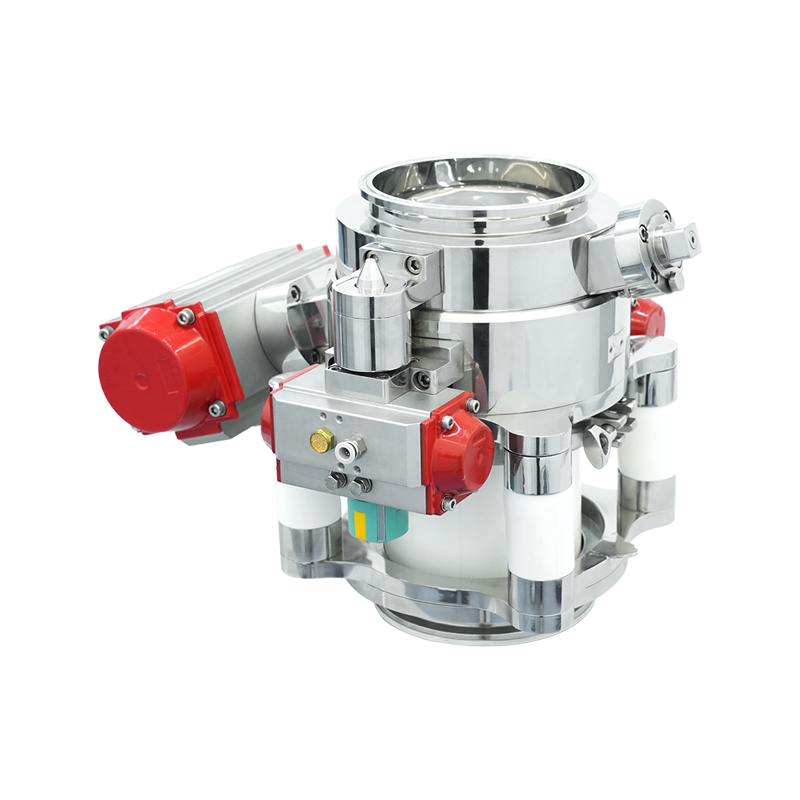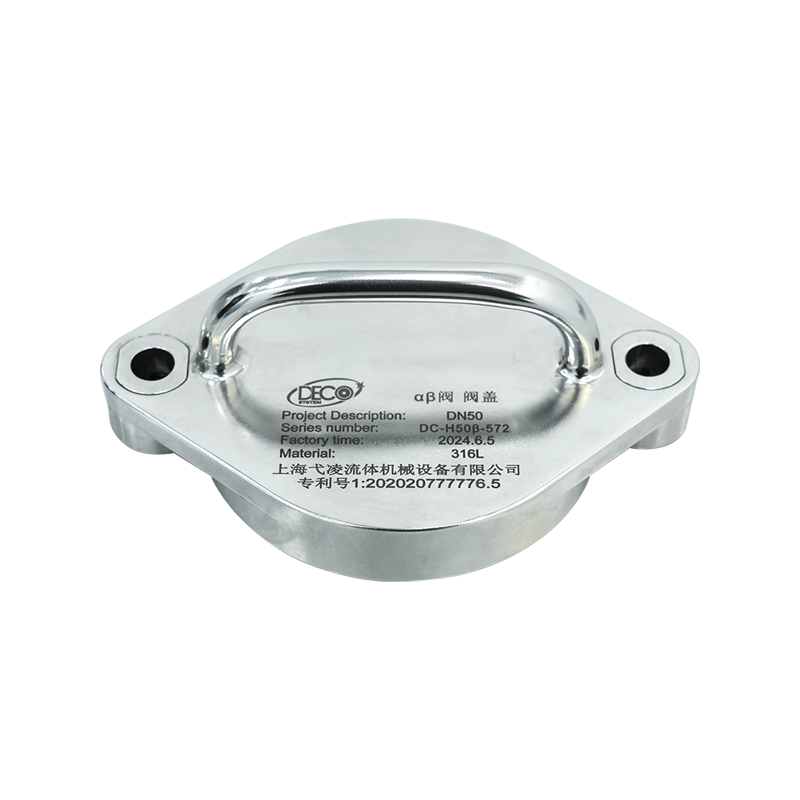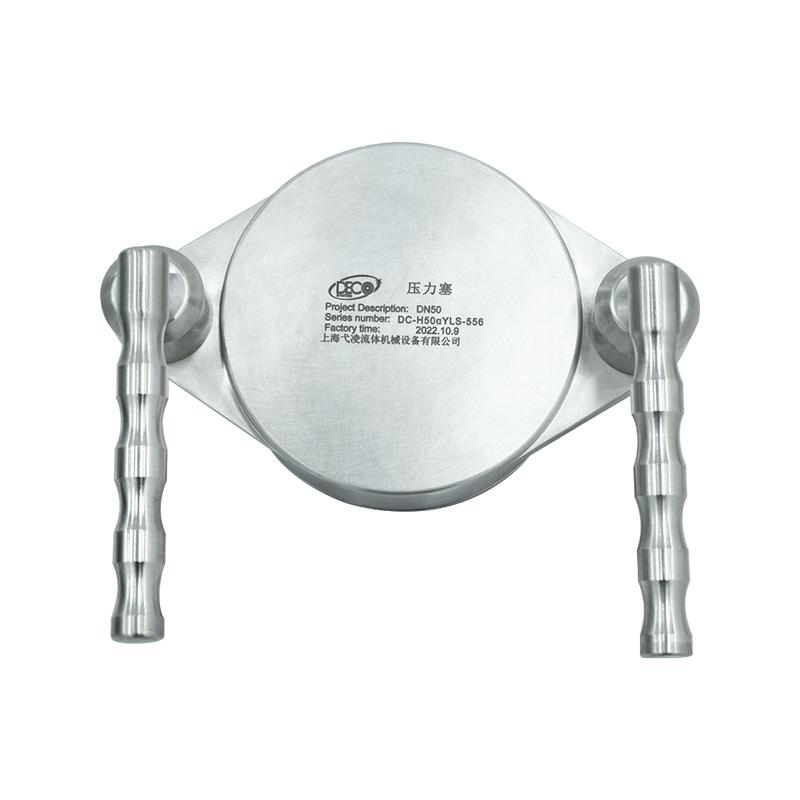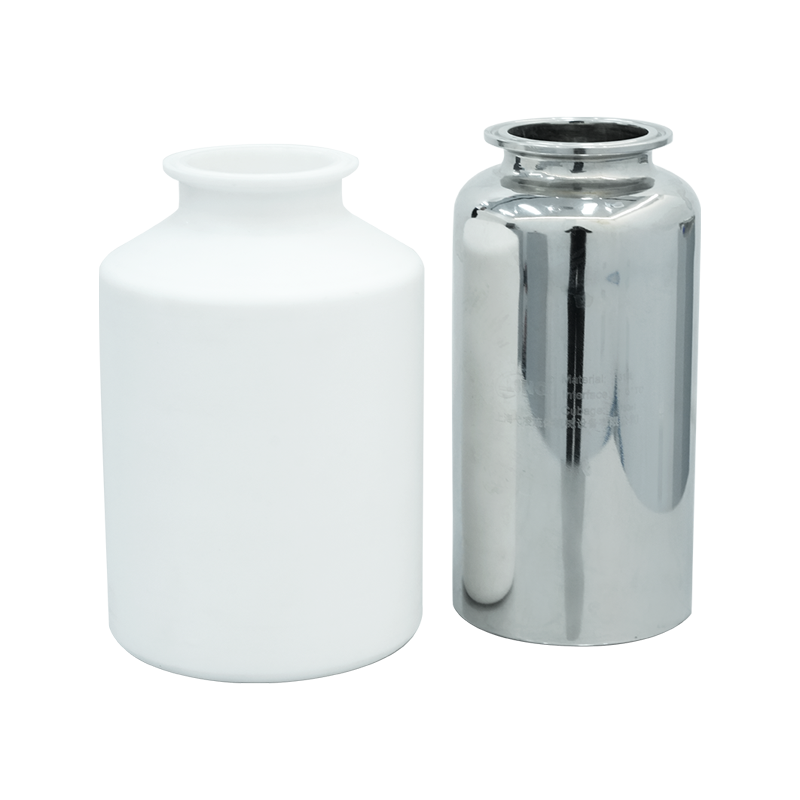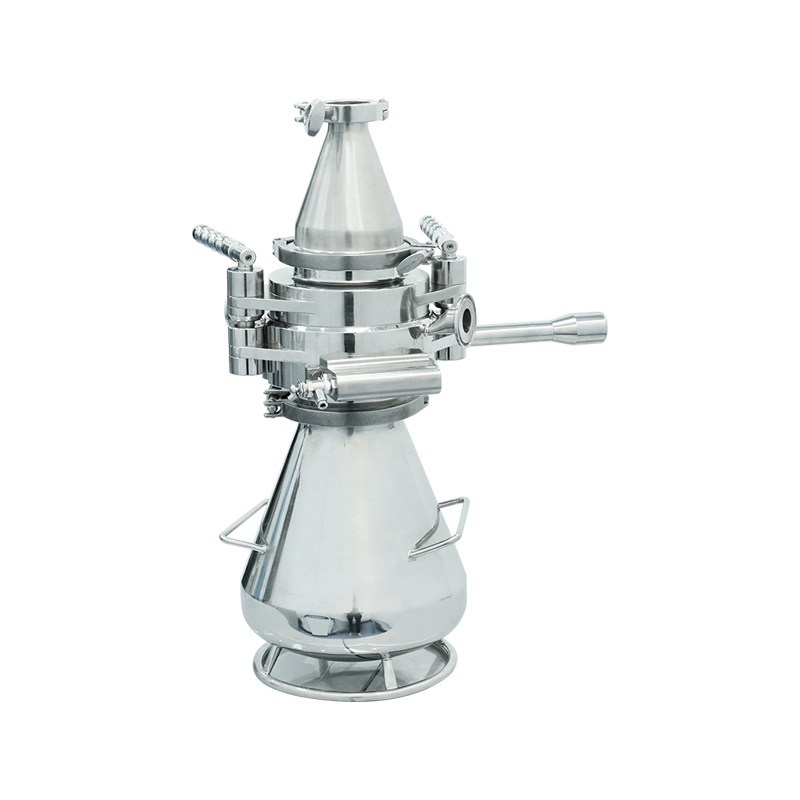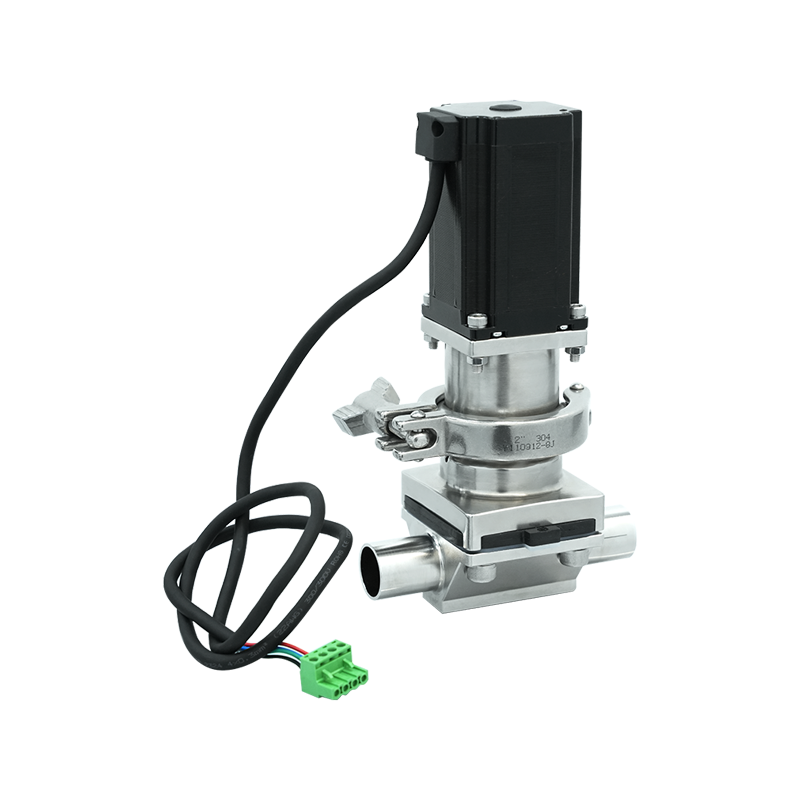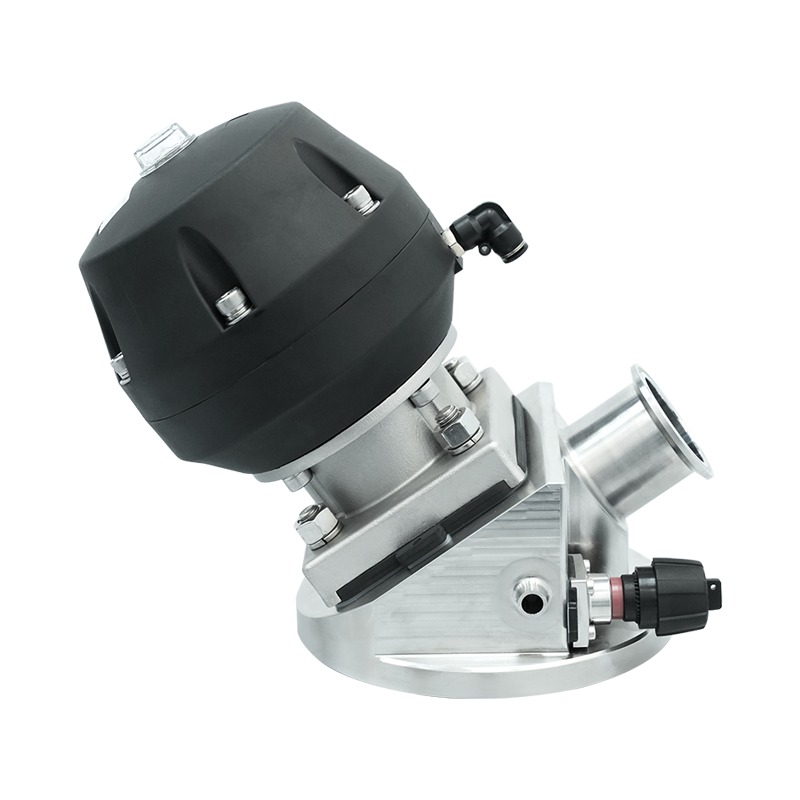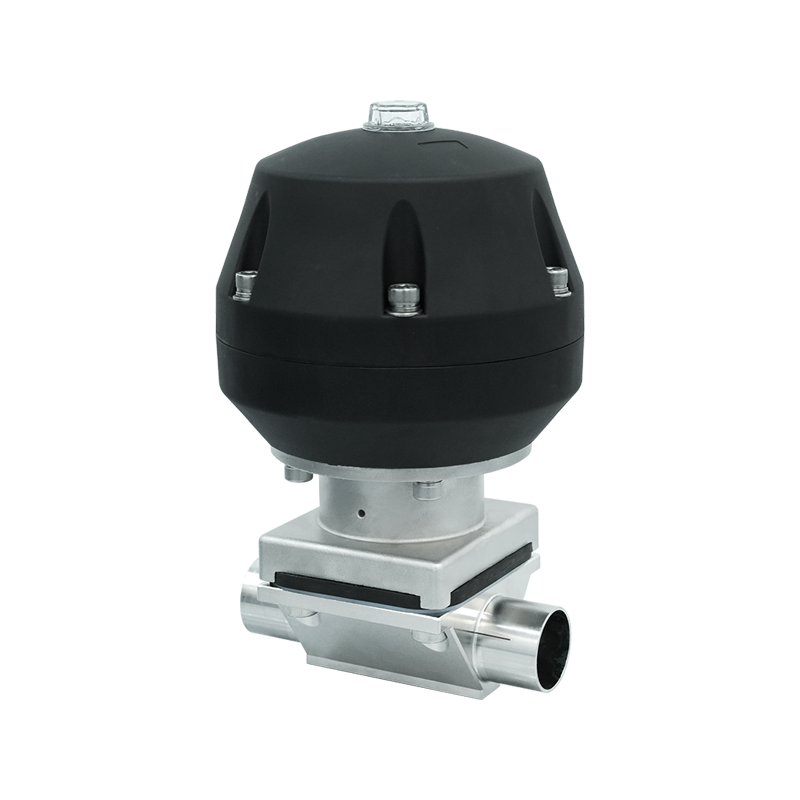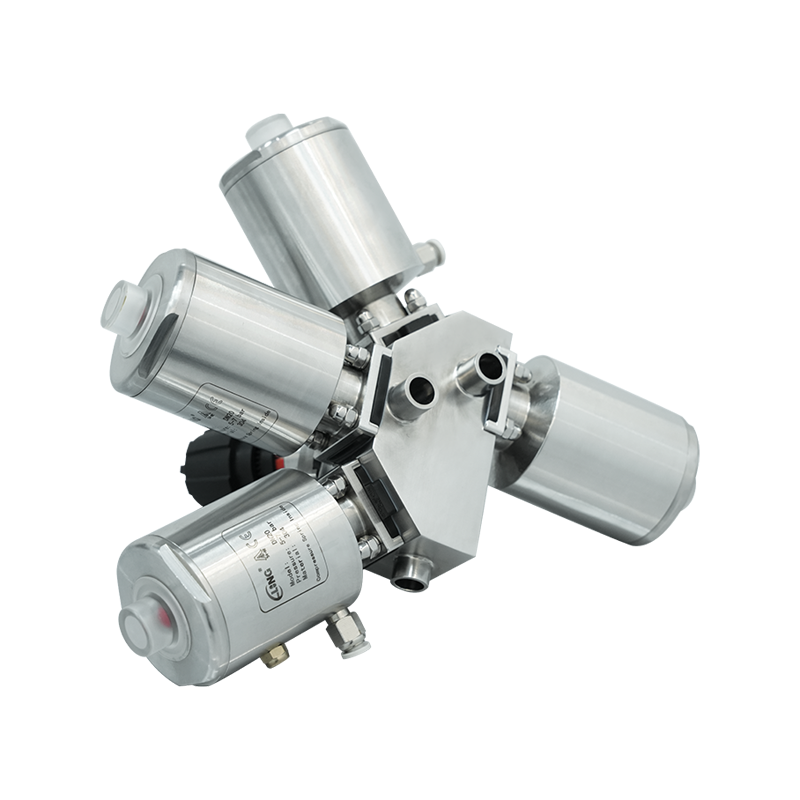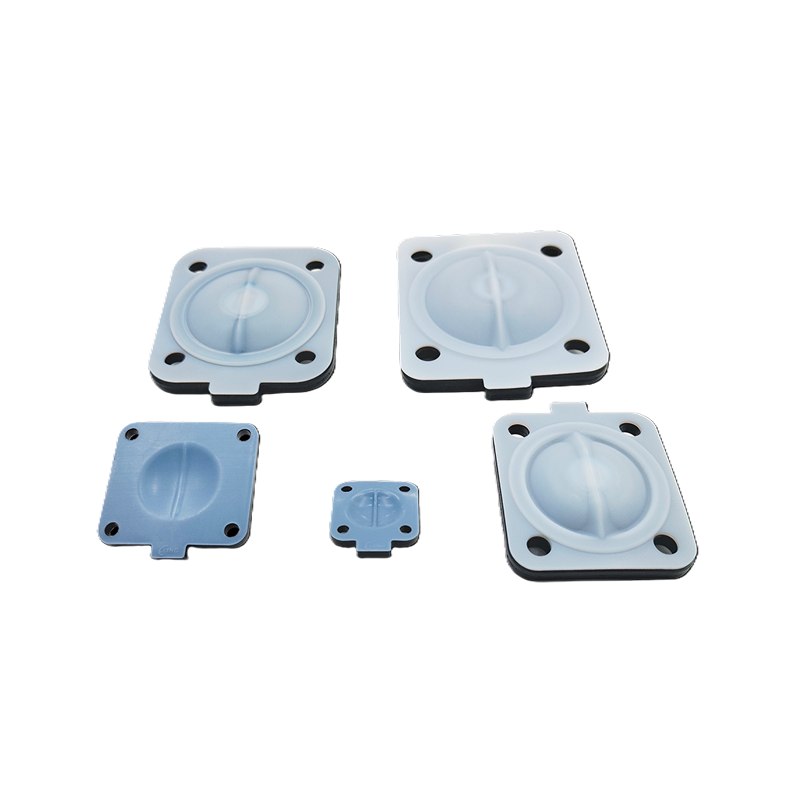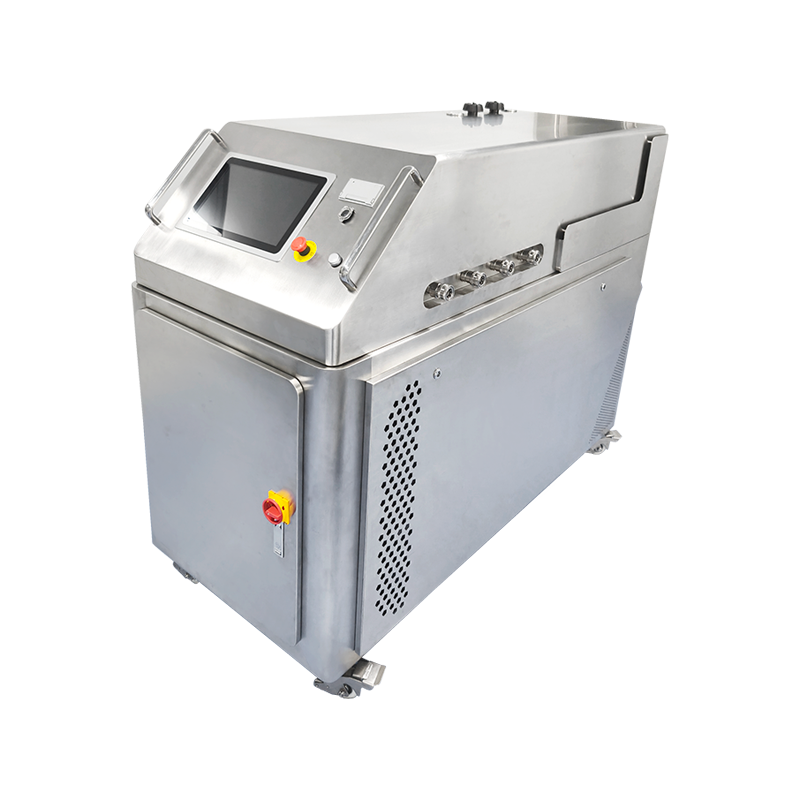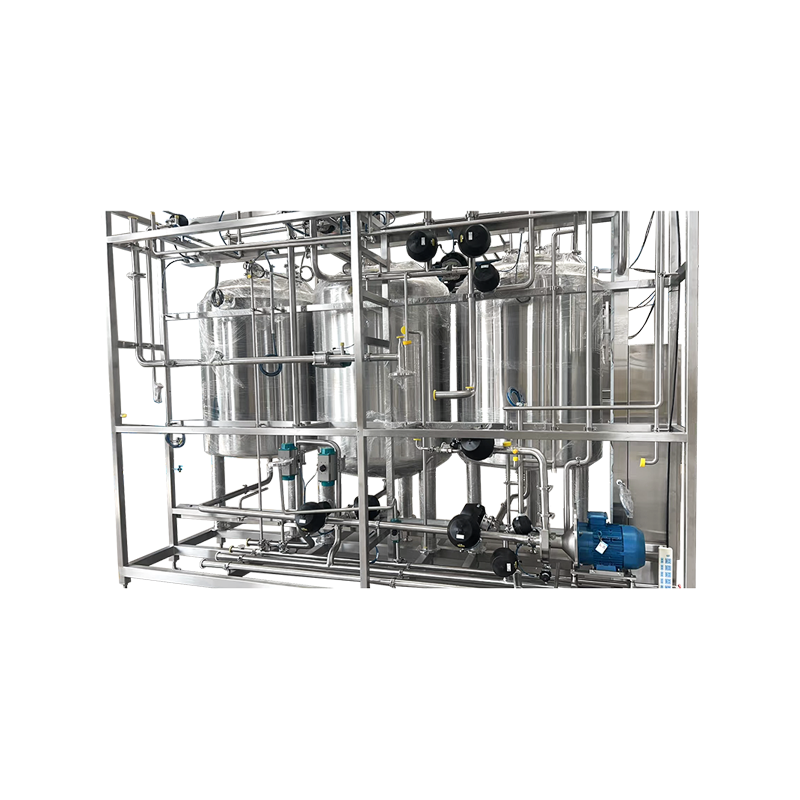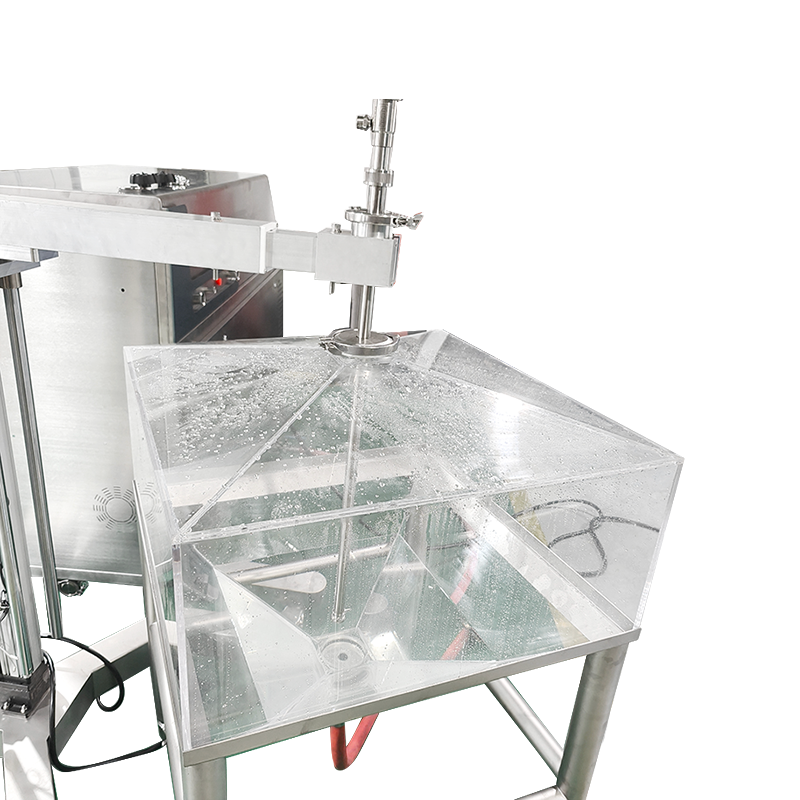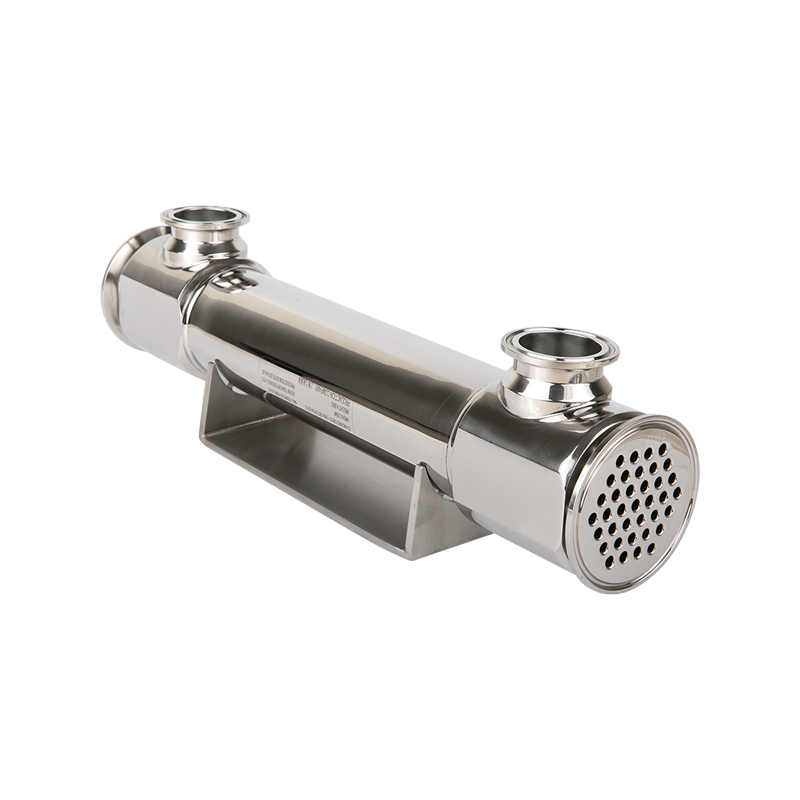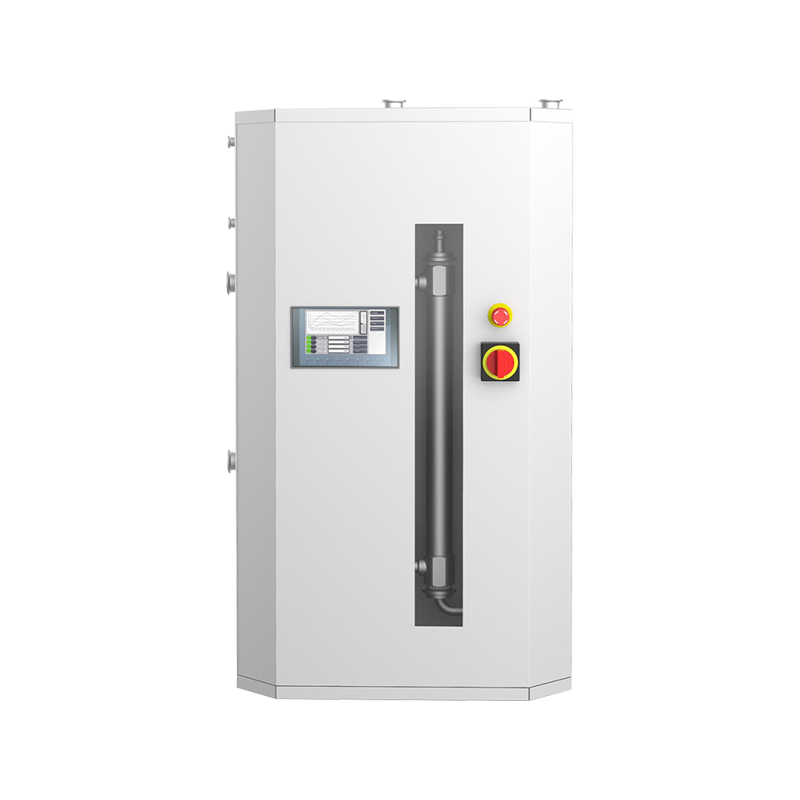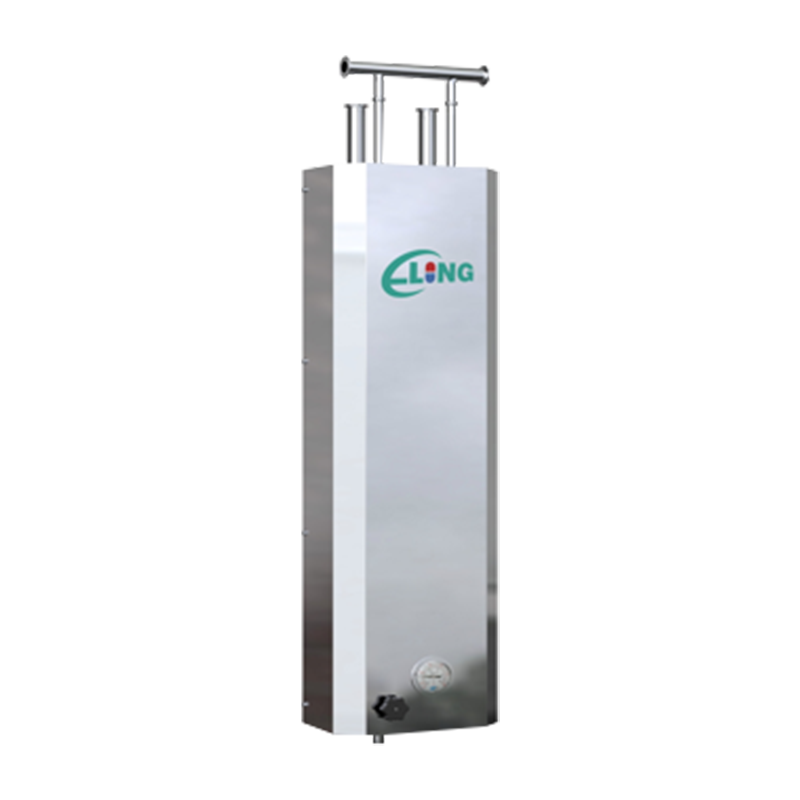In industries where hygiene, precision, and safety are critical, equipment design plays a vital role in maintaining standards and ensuring smooth production. One such piece of equipment is the split butterfly valve, a highly specialized valve system that has become an essential part of pharmaceutical and food processing operations worldwide. Unlike conventional valves, split butterfly valves are designed to provide secure containment, minimize contamination risks, and allow efficient transfer of powders, granules, and other sensitive materials.
This article explores why split butterfly valves are so widely used in these industries, what advantages they offer, and how they contribute to regulatory compliance and product quality.
Understanding the Split Butterfly Valve
A split butterfly valve (SBV) is a containment system composed of two main parts: the active unit and the passive unit. Each part has a disc (or “butterfly”) that seals tightly when closed. When the two halves are connected, the discs align and open simultaneously, creating a secure passageway for materials to transfer between containers, machines, or processing units.
Once the transfer is complete, the discs close again, ensuring that no product escapes and no external contaminants enter. This design makes split butterfly valves particularly valuable in industries that handle sensitive, hazardous, or high-purity materials.
The Importance of Containment in Pharmaceuticals and Food Processing
Both pharmaceuticals and food products demand the highest levels of hygiene and safety:
Pharmaceuticals: Active pharmaceutical ingredients (APIs) can be highly potent. Even small amounts of dust or leakage during production can pose health risks to operators and compromise product integrity. Regulatory authorities require strict containment to prevent cross-contamination.
Food Processing: Food safety is paramount. Contaminants such as dust, microbes, or allergens must be prevented from entering the product stream. Hygiene regulations require equipment that is easy to clean and minimizes the chance of contamination.
Split butterfly valves directly address these concerns by ensuring a closed, controlled transfer of materials.
Key Reasons Split Butterfly Valves Are Widely Used
1. High-Level Containment
One of the most important reasons for the widespread use of split butterfly valves in pharmaceuticals and food industries is their exceptional containment performance. By creating a sealed connection between two process steps, SBVs significantly reduce the risk of dust release or external contamination.
In pharmaceuticals, this containment ensures that operators are protected from potent drugs while maintaining product purity.
In food processing, it prevents dust emissions, allergen cross-contamination, and microbial exposure.
2. Compliance with Strict Regulations
Both industries are subject to rigorous regulatory frameworks such as:
FDA (Food and Drug Administration) in the United States.
EMA (European Medicines Agency) in Europe.
GMP (Good Manufacturing Practices) guidelines worldwide.
Split butterfly valves help manufacturers meet these standards by providing secure, validated systems that support quality assurance, hygiene, and operator safety.
3. Powder and Granule Handling Efficiency
Many pharmaceutical and food products begin as powders or granules. These materials are notoriously difficult to handle due to dust formation, flow challenges, and hygiene risks. Split butterfly valves are designed specifically for these scenarios.
They ensure precise transfer of powders between containers, reactors, dryers, and packaging systems.
Their sealed design minimizes material loss, improving efficiency and reducing waste.
4. Operator and Environmental Safety
In pharmaceutical production, exposure to active ingredients can pose serious health risks for workers. Similarly, in food processing, airborne particles may create allergen hazards or affect air quality. SBVs protect both operators and the surrounding environment by ensuring that materials are transferred in a closed system.
This not only improves workplace safety but also helps companies maintain compliance with occupational health regulations.
5. Ease of Cleaning and Maintenance
Hygiene is a critical factor in both industries. Split butterfly valves are engineered to be easily disassembled, cleaned, and sterilized. Many designs are compatible with CIP (Cleaning in Place) or SIP (Sterilization in Place) systems, allowing equipment to be cleaned without dismantling.
This feature reduces downtime, enhances productivity, and ensures consistent hygiene standards across production batches.
6. Flexibility in System Integration
Split butterfly valves are versatile and can be integrated into a wide range of equipment setups, including:
Intermediate bulk containers (IBCs).
Process vessels and reactors.
Mixing and blending equipment.
Packaging machines.
This flexibility makes them an ideal solution for industries where material transfers must occur at multiple points in the production process.
7. Scalability for Different Production Levels
From small-scale laboratories to large-scale industrial plants, split butterfly valves are available in various sizes and configurations. This scalability allows companies to adopt the same containment principles throughout their production chain, ensuring consistency and compliance at every stage.
Applications in the Pharmaceutical Industry
In the pharmaceutical sector, split butterfly valves are used in nearly every stage of production where powder handling is involved:
Dispensing and weighing of raw materials.
Charging and discharging materials into reactors, blenders, or dryers.
Intermediate bulk container (IBC) transfers for APIs and excipients.
Packaging of finished powder-based drugs.
By minimizing cross-contamination and protecting workers from hazardous materials, SBVs are now considered an industry standard for safe pharmaceutical production.
Applications in the Food Processing Industry
Food manufacturers also rely heavily on split butterfly valves for handling powdered ingredients like flour, sugar, spices, protein powders, and additives. Common applications include:
Transferring powders between bulk storage containers and mixing tanks.
Loading and unloading materials during batch processing.
Packaging powders into sachets, pouches, or containers with minimal dust.
In industries such as infant formula production, where hygiene and allergen control are especially critical, SBVs provide the necessary containment and safety standards.
Advantages Over Conventional Valves
Traditional butterfly valves or slide gate valves do not provide the same level of containment as split butterfly valves. Conventional systems often result in product leakage, dust release, and contamination risks.
By contrast, split butterfly valves ensure:
Tight sealing during connection and disconnection.
Controlled transfer with minimal exposure.
Improved hygiene with easy-to-clean components.
This makes them the preferred choice in sensitive environments.
Future Outlook
As both industries continue to advance, the demand for higher safety, better hygiene, and more efficient powder handling will only grow. Innovations in split butterfly valve technology are focusing on:
Smarter automation and integration with digital control systems.
Enhanced materials that improve durability and cleanability.
More compact designs for space-saving installations.
Eco-friendly manufacturing practices to support sustainability goals.
These trends indicate that split butterfly valves will remain central to pharmaceutical and food processing operations for the foreseeable future.
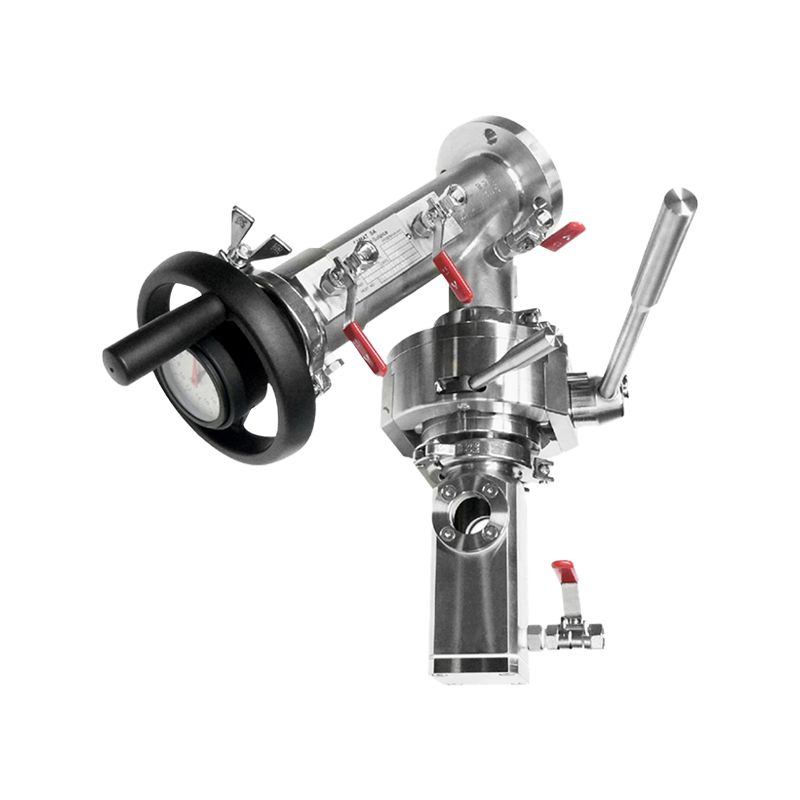
Conclusion
Split butterfly valves are widely used in the pharmaceutical and food processing industries because they provide secure containment, regulatory compliance, operator safety, and efficient material handling. Their ability to handle powders and granules in a hygienic, closed system makes them indispensable for ensuring product integrity and meeting stringent safety standards.
In pharmaceuticals, they protect workers from exposure to potent drugs while preventing cross-contamination. In food processing, they safeguard ingredients from dust, allergens, and microbial contamination. Combined with easy cleaning and versatile integration, these advantages explain why split butterfly valves have become a global standard in sensitive production environments.








